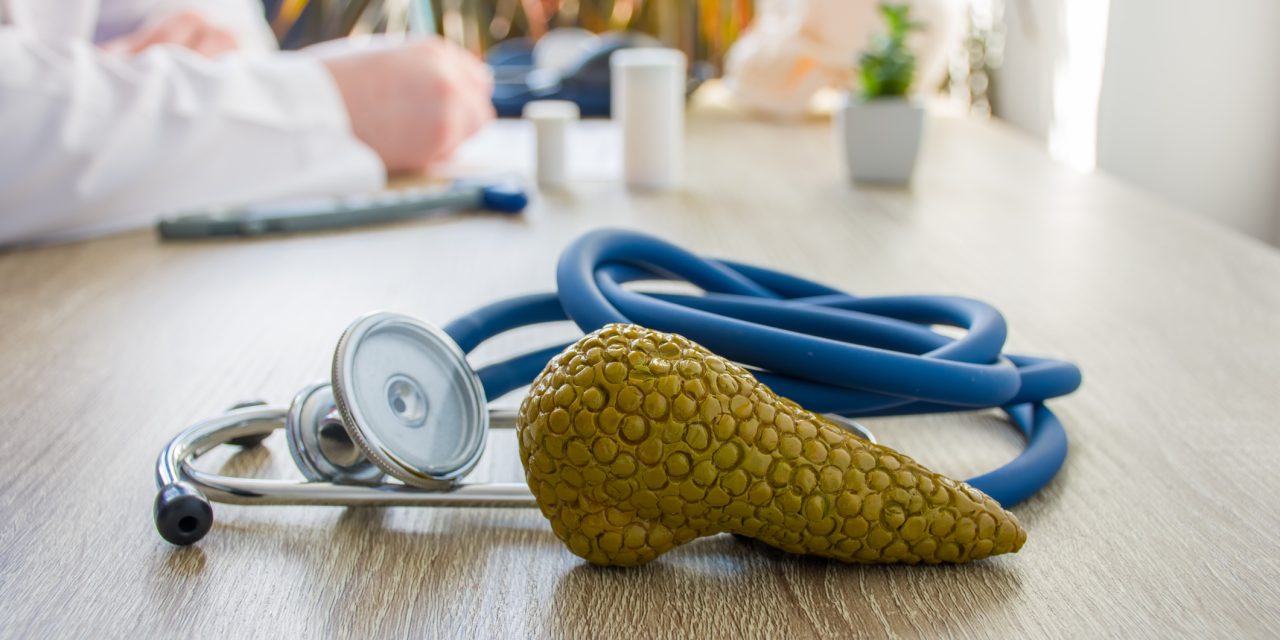Osteoporosis is associated with genetic and environmental factors. The aim of this article was to determine how the polygenic risk scores (PRS) of genetic variants that affect osteoporosis and its related signaling interact with the lifestyle of middle-aged adults.
The study examined 8845 participants from Ansan/Ansung cohorts. Osteoporosis was defined as a T-score of bone mineral density ≤-2.5 in either the wrist or tibia; 1136 participants had osteoporosis. Genome-wide association studies of individuals 40 to 65 y of age were conducted and the best gene-gene interactions from the genetic variants related to osteoporosis were selected and explored using the generalized multifactor dimensionality reduction method. PRS for the best model (PRSBM) was calculated by weighted PRS that was divided into low, medium, and high groups.
The model that contributed the most influence on osteoporosis risk with gene-gene interactions included AKAP11_rs238340, KCNMA1_ rs628948, PUM1_rs7529390, SPTBN1_ rs6752877, and EPDR1_rs2722298. The risk for osteoporosis in the tibia was elevated by 1.71-fold in the high PRSBM group compared with the low PRSBM group. Energy and nutrient intake did not have any interaction with PRSBM and thus did not influence risk for osteoporosis. However, interestingly, only coffee and caffeine intake did interact with PRSBM and affected risk for osteoporosis. In patients with low coffee (<3 cup/wk) and caffeine(<60 mg/d) consumption, osteoporosis risk was higher in the high PRSBM group than the low PRSBM group by 2.27- and 2.29-fold, respectively. In the low coffee intake group, bone mineral density in the high PRSBM group was significantly higher than in the low PRSBM arm.
Carriers with high PRSBM increased susceptibility to osteoporosis, especially in low coffee and caffeine intake. The results can be applied to personalized nutrition for lowering the risk for osteoporosis.
Copyright © 2020 Elsevier Inc. All rights reserved.
Gene-gene and gene-lifestyle interactions of AKAP11, KCNMA1, PUM1, SPTBN1, and EPDR1 on osteoporosis risk in middle-aged adults.


